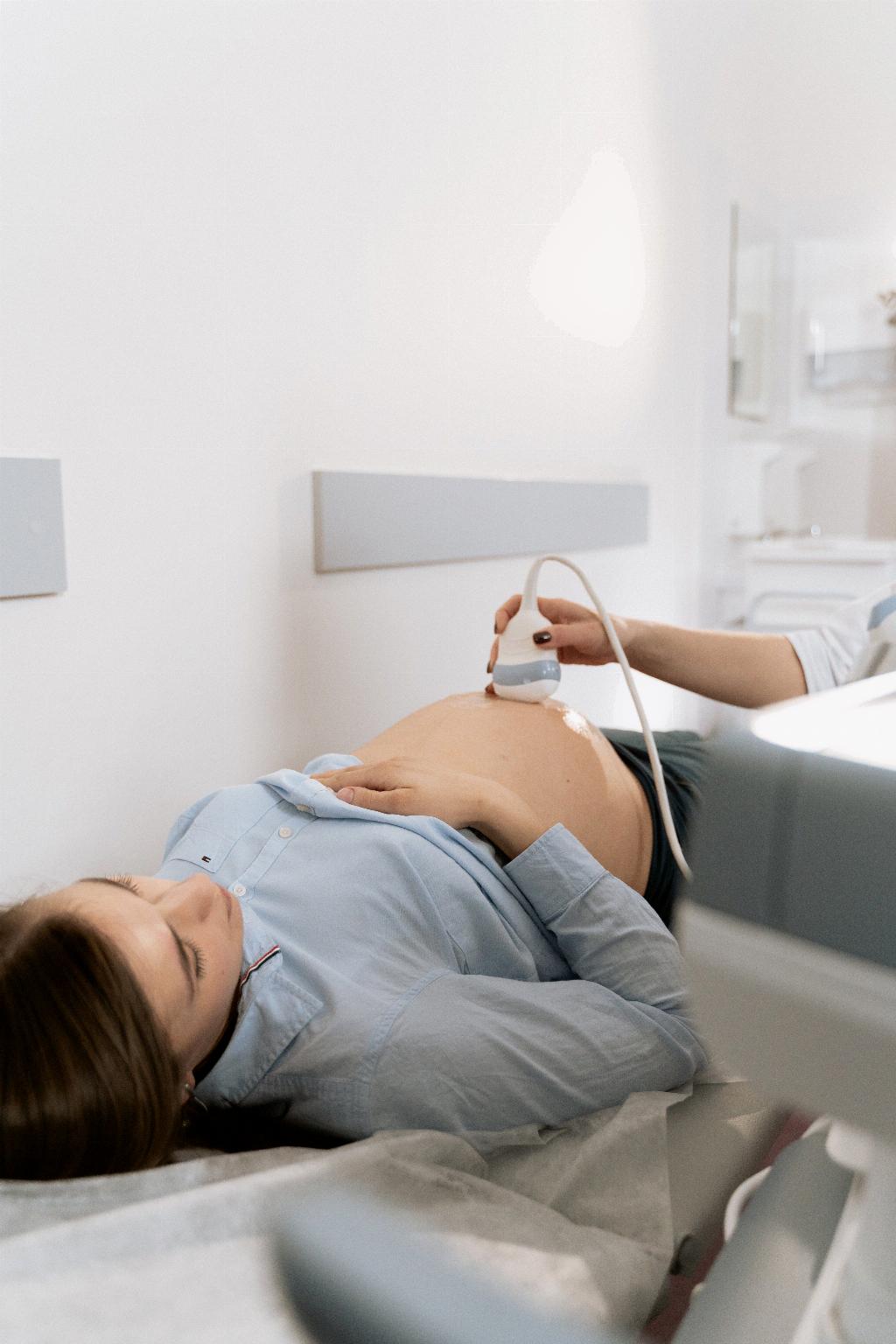During late pregnancy, many expectant mothers might notice the onset of menstrual-like cramps. These cramps can be concerning for some individuals, but in most cases, they are a normal part of the body’s preparation for labor and are usually not a sign of any serious complications.
1. Uterine Growth and Changes
One of the primary reasons for experiencing menstrual-like cramps in late pregnancy is the growth of the uterus. As the belly expands to accommodate the growing baby, the uterus also expands and stretches, causing discomfort that can feel similar to menstrual cramps.
2. Braxton Hicks Contractions
Another common cause of menstrual-like cramps in late pregnancy is Braxton Hicks contractions. These are often referred to as “practice contractions” as they are the body’s way of preparing for labor. These contractions can feel like mild menstrual cramps and are typically irregular and do not indicate labor is starting.
3. Pressure on Pelvic Muscles
As the baby grows and descends lower into the pelvis in preparation for birth, the pressure on the pelvic muscles and ligaments increases. This added pressure can also contribute to the sensation of menstrual-like cramps.
4. Digestive Changes
During late pregnancy, hormonal changes can affect digestion, leading to constipation, bloating, and gas. These digestive issues can cause discomfort and cramping sensations similar to menstrual cramps.
5. Round Ligament Pain
Round ligament pain is a common occurrence in pregnancy, especially during the second and third trimesters. This type of pain is caused by the stretching of the ligaments that support the uterus and can result in sharp or cramp-like sensations in the lower abdomen.
6. Physical Strain
Engaging in physical activities or movements that put strain on the body, such as bending, lifting, or standing for extended periods, can also lead to muscular discomfort and cramping in late pregnancy.
7. Urinary Tract Infections
Urinary tract infections (UTIs) are more common during pregnancy and can cause pain, burning, and cramping in the lower abdomen. If you suspect a UTI, it is essential to seek medical attention for proper treatment.
8. Dehydration
Dehydration can exacerbate cramping during pregnancy, as adequate hydration is crucial for the body’s optimal functioning. Ensuring you drink enough water throughout the day can help alleviate cramps and discomfort.
9. Stress and Anxiety
Emotional factors such as stress and anxiety can manifest physically, leading to muscle tension and abdominal discomfort. Taking time to relax, practice mindfulness, or engage in stress-relieving activities can help alleviate cramps caused by emotional strain.
10. Signs of Preterm Labor
While menstrual-like cramps are often normal in late pregnancy, it is essential to distinguish them from signs of preterm labor, such as regular contractions, pelvic pressure, or vaginal bleeding. If you experience any concerning symptoms, contact your healthcare provider immediately.
11. Seeking Medical Advice
If you are experiencing persistent or severe cramping, it is crucial to consult with your healthcare provider. They can evaluate your symptoms, perform any necessary tests, and provide personalized recommendations to ensure the well-being of you and your baby.
12. Conclusion
In conclusion, menstrual-like cramps in late pregnancy can stem from various factors, including uterine growth, Braxton Hicks contractions, pelvic pressure, digestive changes, and physical strain. While these cramps are often a normal part of the pregnancy process, it is vital to monitor your symptoms and seek medical attention if you have any concerns. Remember to take care of yourself, stay hydrated, manage stress, and prioritize your well-being as you navigate the final stages of your pregnancy journey.

